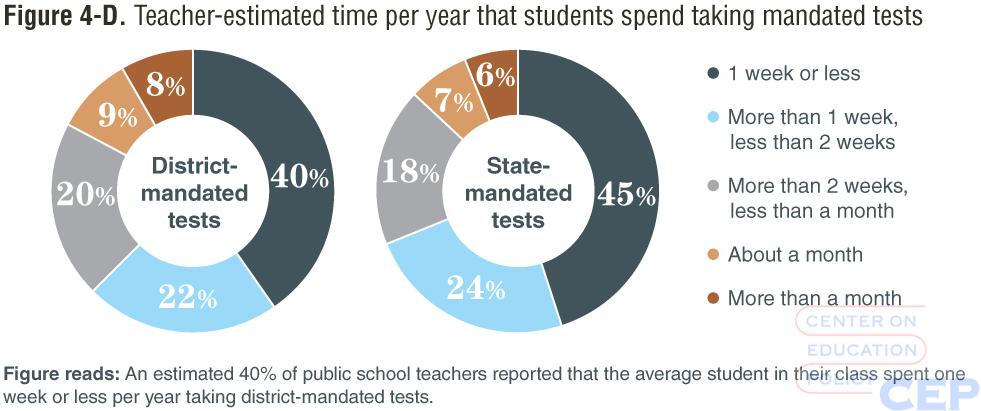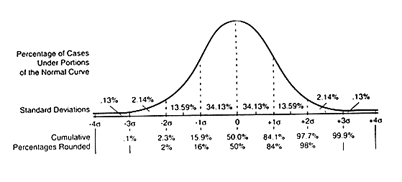Introduction
Since 2001 No Child Left Behind policy, standardized testing has become the new norm of assessment by state and national officials. It is efficient and cheap to administer while providing broad indicators of student population progress on standards, which are basic memorization of facts with sometimes skills (such as for math) being involved. Standardized testing has been significantly controversial in many areas.
Difference Between Standardized Assessment and Test
It is common for standardized assessments to occur in class, as teachers, for example, read out the same list of words on a spelling test. It is necessary for the efficiency of grading and comparison of progress among students on a topic. Meanwhile, standardized tests are highly-controlled examinations that effectively create a uniform testing environment across grades and schools. There are procedures for everything and a scoring metric that has the purpose of effectively comparing performance across one or several grade levels in a subject.
Limitations of Standardized Testing
Standardized tests are criticized as being inadequate and based on antiquated theories. Current knowledge indicates that testing children on separate skills only provides a glimpse at a student’s skill and final performance. Furthermore, tests have been significantly overused and misused by institutions. Educators have to spend weeks specifically for test preparation rather than enhancing precious learning time. Furthermore, these highly flawed tests are used to determine everything from budgets to teacher/student retention and the general success rate of educational standards. That is why it is detrimental to the trust and health of the whole education system.

The standardization of these tests is both a positive and a negative factor. As a result, it may be unsuitable for many populations. Despite the push for early childhood testing, prior to 3th-4th grades, children are simply non-prepared, lacking both interest and concentration. Language proficiency may also put students at a disadvantage – despite being active participants in the classroom. They may lack some of the official vocabularies. Overall, as mentioned earlier, these standardized tests, due to policy, have gotten extremely powerful while not actually reflecting the true state of education. Teachers should not have to modify instruction and spend two months out of the year on standardized test preparation both their and students’ future depends on this one-shot test.
Types of Standardized Test
Achievement tests are the most familiar standardized tests, ranging from state-level exams to SATs. These simply test factual or basic skill knowledge based on the grade level standards. They are meant to compare children across the grade level, identifying gaps in knowledge and averages.
Aptitude tests are common for students in high school that are seeking to determine a future career, plan on going into the workforce, or even armed forces. It is not an accurate test but has the benefits of highlighting individual strengths. Aptitude tests exist for young children but are controversial and dangerous, especially if the education-impacting decision is made based on one test, and one cannot expect to determine a child’s potential ability based on that. Meanwhile, standardized diagnostic tests are actually effective in identifying any potential developmental or learning abnormalities. It is important the assessments do not narrow the opportunity for the child to learn but rather provide interventional support if so necessary.
Reliability and Validity
Educators throughout their careers will likely participate in selecting, evaluating, and potentially developing a standardized test. Two main areas to consider are the test’s reliability and validity. Reliability focuses on accuracy and can involve complex algorithms, which are also meant to encompass true score, observed score, confidence interval, and standard error of measurement. The objective is to take an accurate snapshot of a child’s actual ability. Meanwhile, validity, which can be measured through content, criterion, and construct, is focused on the test being able to perform what it is meant to do and reflect performance accurately.
Administering Tests
Most educators will administer standardized tests at one point. It is a tedious process where instructions have to be followed to the point, and all directions read out loud. Teachers have to remain neutral and cannot aid students in any manner, encouraging them to guess if they are unsure about something. However, the environment and presence of the instructor should create comfort to alleviate anxiety in students.
Interpreting Test Scores
While many may not agree with standardized tests, interpreting the scores is important. These tests often have little impact on day-to-day education but rather represent general educational tendencies and effectiveness of strategies, especially with results coming weeks and months after the test. Students have grown and changed, with the test just highlighting strengths and weaknesses which can be improved upon going forward.

Standardized Instruments to Measure Opportunities
The environmental and subject scales mentioned here are, in turn, not used for evaluating children but rather for the classroom environment. The ECERS-R, for example, has seven subscales of space and furnishings, personal care, language-reasoning, activities, interaction, program structure, and parents and staff. Many of the scales are highly established and deemed highly reliable and valid by researchers and educators. They contribute to a better understanding of improving the instructional process in the classroom.
Reference
McAfee, O., Leona, D.J., & Bodrova, E. (2016). Assessing and guiding young children’s development and learning (6th ed.). Pearson.
